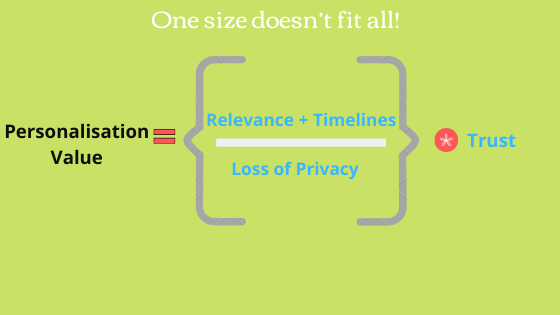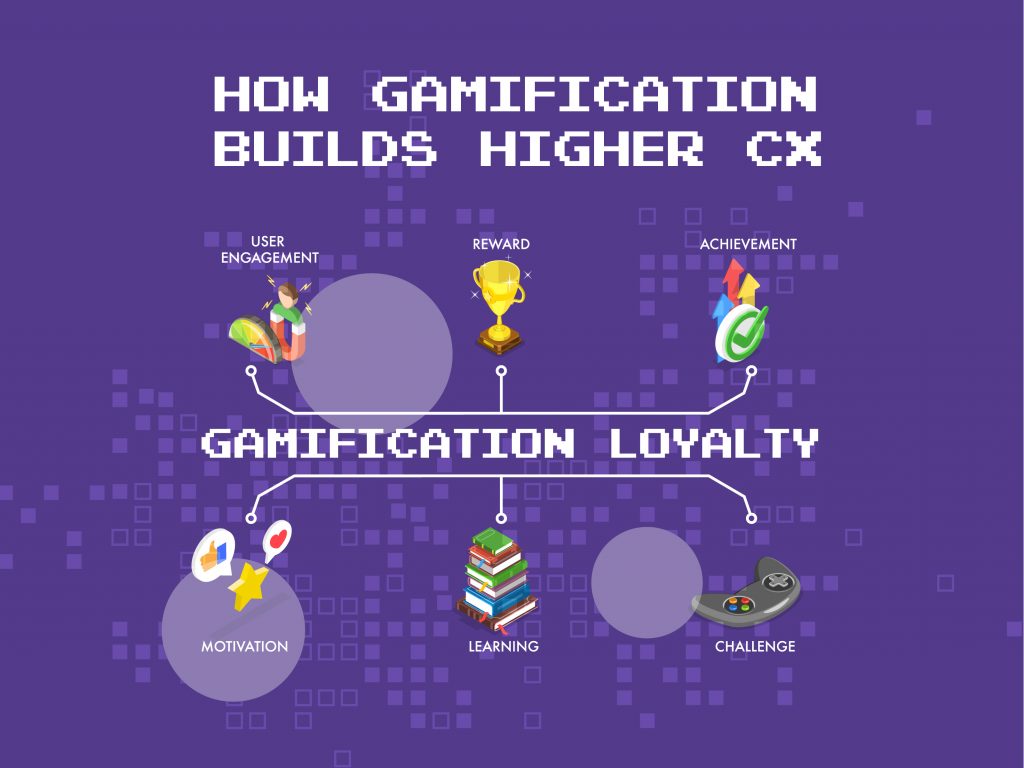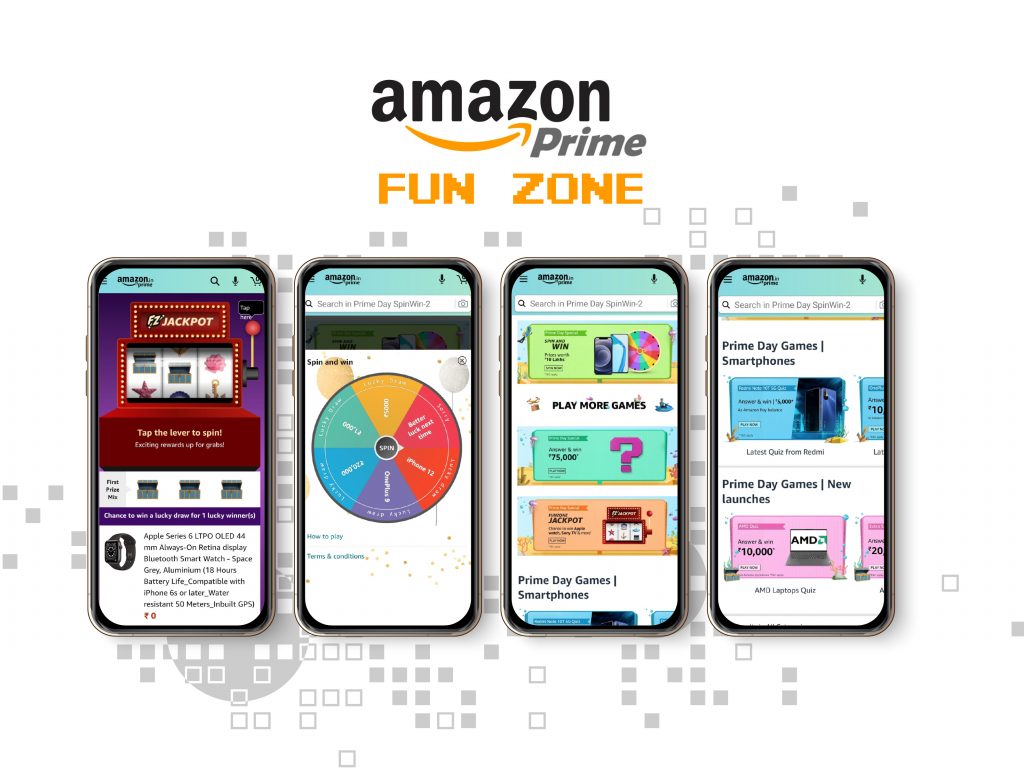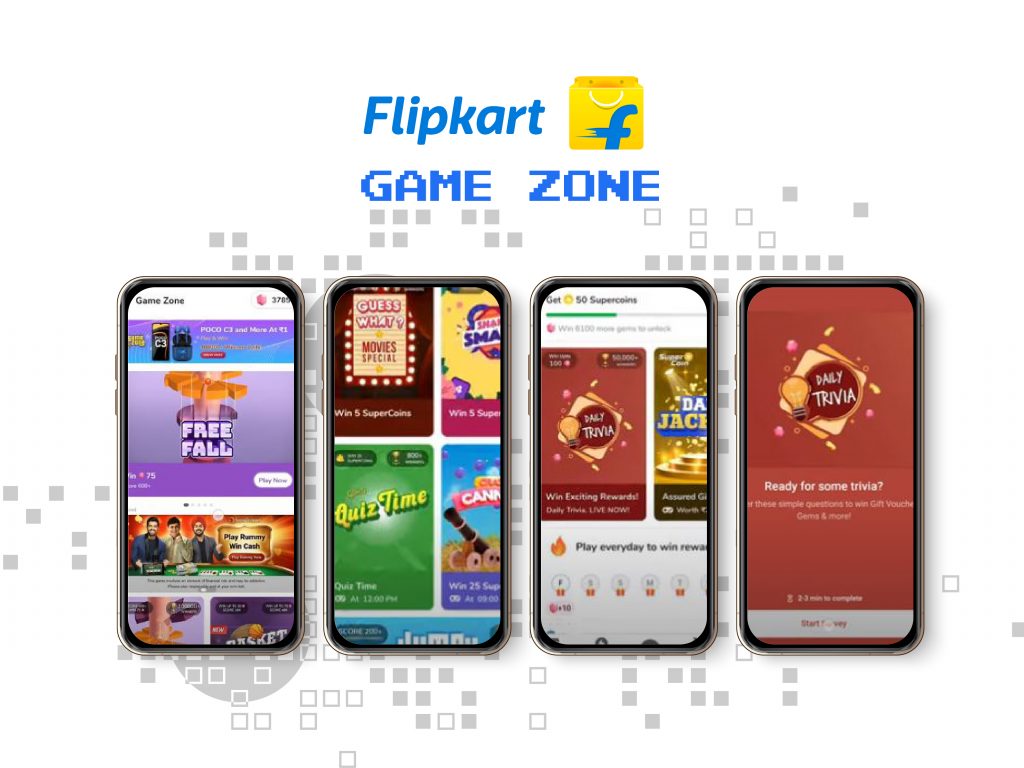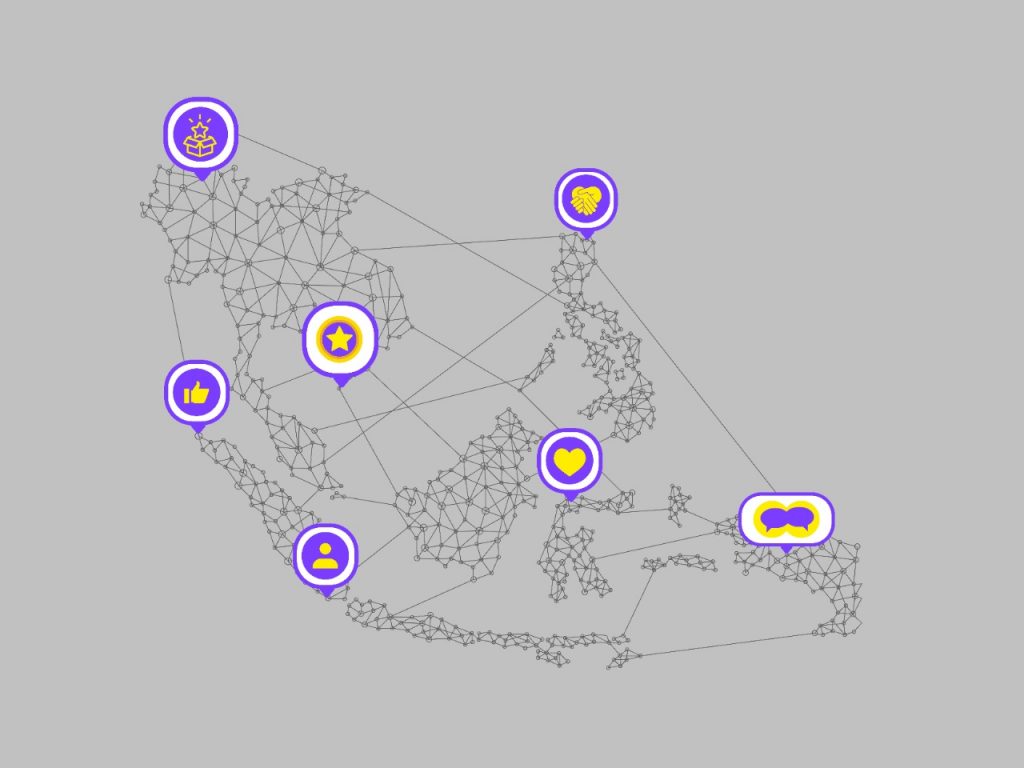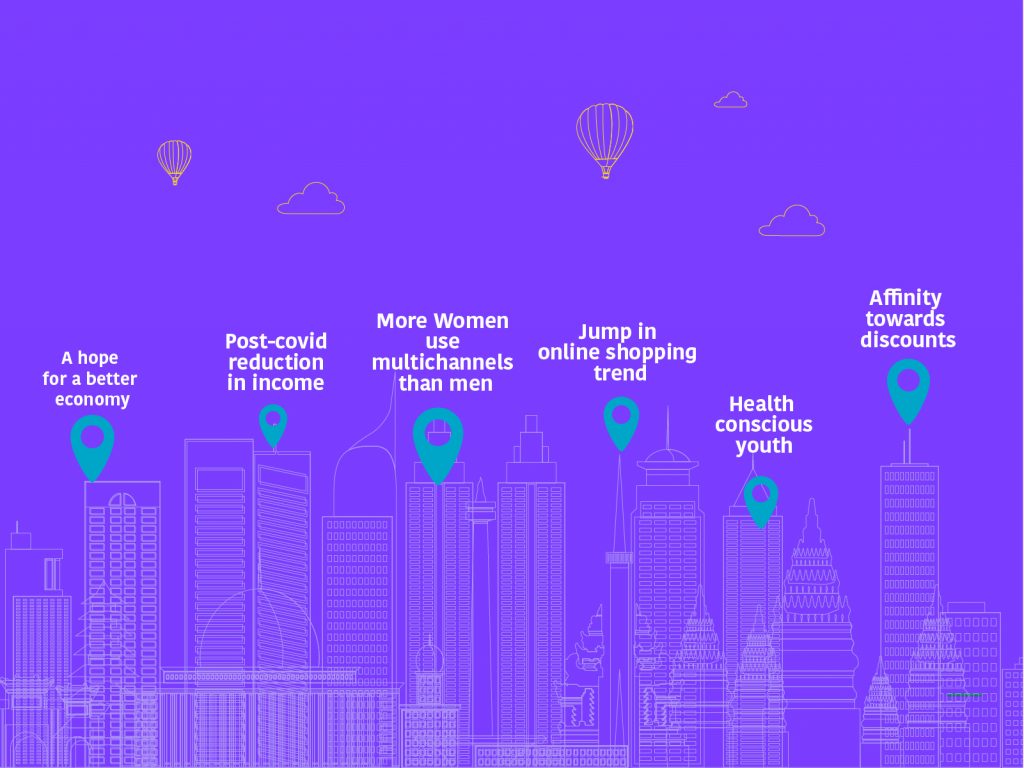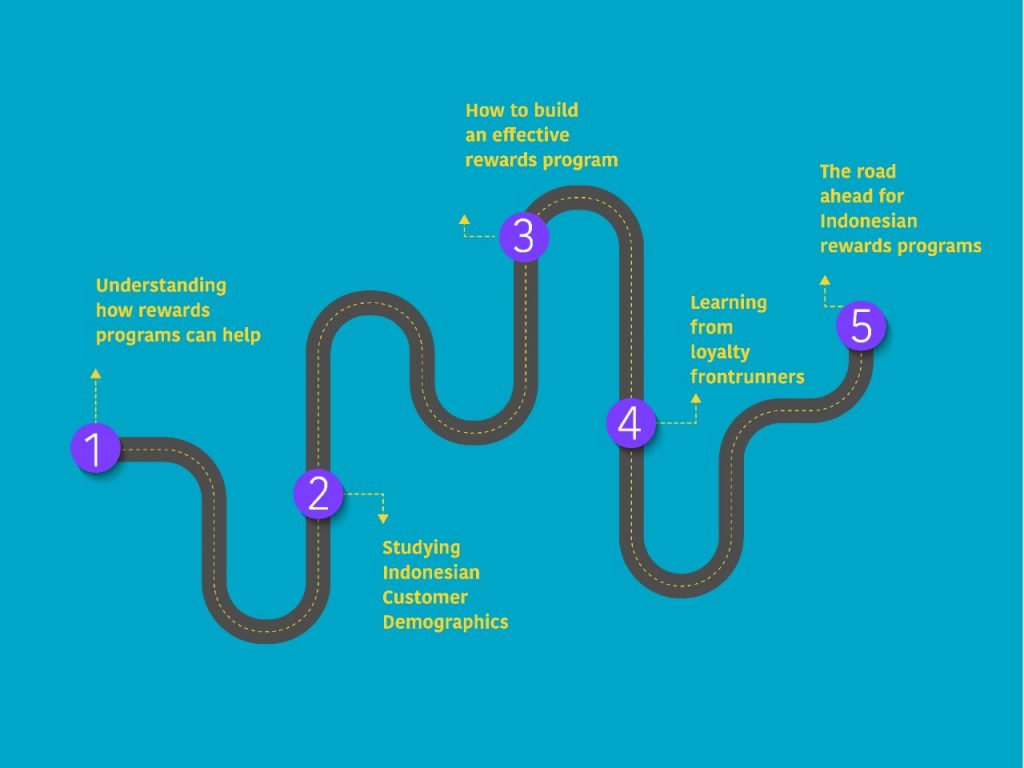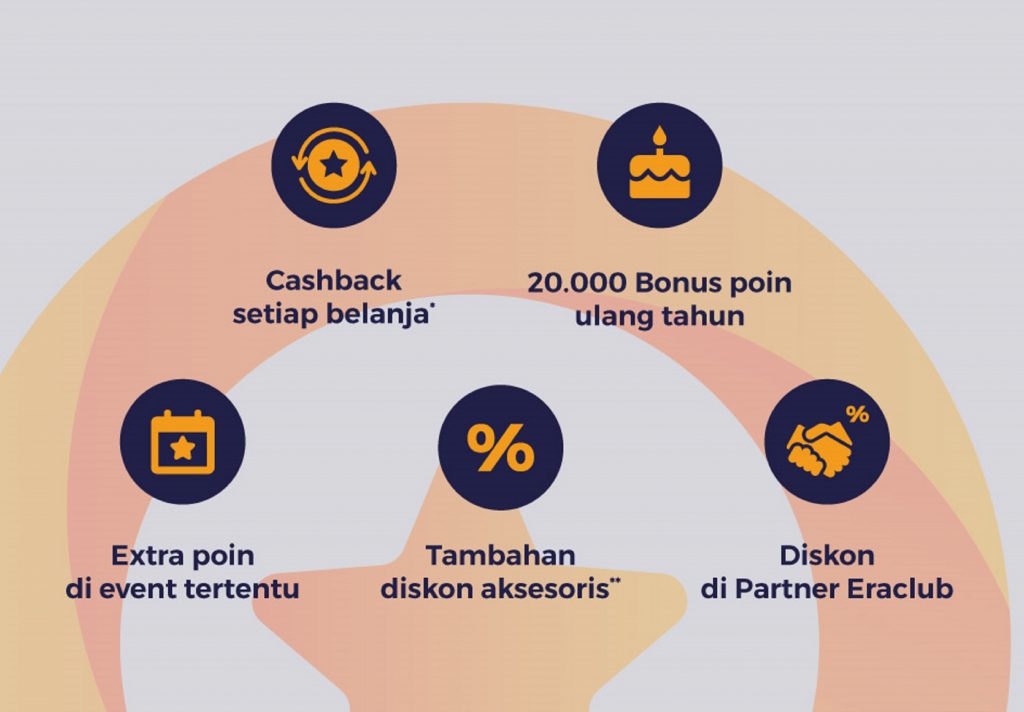As of 2023, the number of internet users worldwide skyrocketed to over 5.16 billion, representing more than 64.4% of the global population. Social media users had surpassed 4.89 billion, reflecting a global penetration of 60.3%. With tech innovations advancing at an unprecedented pace, enterprises are seeing a huge shift in how consumers interact, shop, and connect with brands.
But what do these shifts mean for omnichannel retail trends in 2025?
Consumer expectations are evolving rapidly, demanding retailers adapt their strategies faster than ever. Today’s retail landscape is all about meeting consumers wherever they are, delivering seamless experiences across channels, and staying ahead of omnichannel marketing trends.
To thrive in this dynamic landscape, brands must focus less on themselves and more on creating personalized, meaningful interactions for their customers. Let’s explore the key omnichannel retail trends to watch out for in 2025 and how brands can be consumer-ready in this dynamic market.
5 Omnichannel Retail Trends to Watch Out For
1. Conversations Will Be Seamless
“Information is the oil of the 21st century, and analytics the combustion engine.”
– Peter Sondergaard, Senior Vice President, Gartner Research
In today’s dynamic retail landscape, businesses are engaging with customers across multiple platforms. Recent data indicates that 51% of companies utilize at least eight channels for customer interactions.
Implementing a robust omnichannel strategy can significantly enhance customer retention. Companies with effective omnichannel engagement retain 89% of their customers, compared to just 33% for those without such strategies.
However, achieving a unified customer view remains a challenge. Only 9% of marketers can currently engage customers consistently across multiple channels.
To address this, brands are increasingly adopting Customer Data Platforms (CDPs). These platforms consolidate consumer data from various channels, providing a comprehensive understanding of customer behavior and preferences. By leveraging CDPs, businesses can enhance engagement, improve retention, and deliver personalized experiences that meet the evolving expectations of today’s consumers.
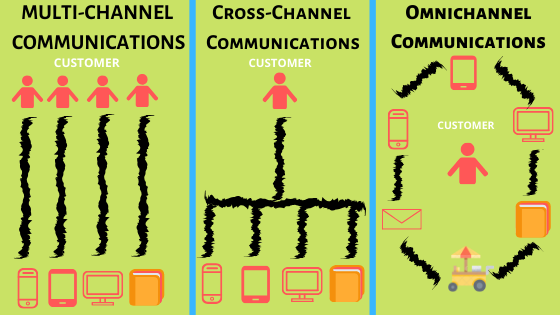
Data Integration across channels (online + offline) to create a “Single View of the Customer”
2. Engagement Will Be Beyond Transactions Including In-store
Gone are the days when the engagement was recognized and rewarded purely based on transactions. Consumers are actively building emotional relationships with brands. 84% of consumers are more likely to choose brands that offer meaningful loyalty programs.
This decade brands will not just recognize and reward, but also actively create touchpoints for consumer interactions. Product reviews, social interactions (“Likes”, “Comments”, “Uploads”, “Shares”), customer feedback, and in-app games will make for key profitable behaviors for brands to track and promote. Gamified engagement will also manifest itself in-store, with activities and rewards reaching consumers with the highest buying propensity.
The brands that connect with consumers emotionally and make them feel seen, heard, delighted, and rewarded will be the ones to generate maximum customer lifetime value.
3. Embracing Sustainability in Omnichannel Retail
With 81% of consumers worldwide believing that businesses are responsible for positively impacting the environment, integrating eco-friendly practices into your omnichannel retail strategy is a game-changer. Shoppers are increasingly drawn to brands that align with their values, making sustainable initiatives a key component of omnichannel retail trends to help your brand stand out.
Start by adopting eco-friendly packaging from recycled or biodegradable materials to minimize waste. Highlight products crafted with sustainable practices, and collaborate with suppliers who prioritize green methods in manufacturing and shipping. Encourage circular practices such as recycling programs or incentivized returns to engage customers while reducing waste. These practices align perfectly with the latest omnichannel retail trends, which emphasize consumer engagement beyond transactions.
Sustainability isn’t just good for the planet—it’s good for business. By weaving eco-conscious initiatives into your omnichannel retail strategy, you can attract like-minded customers, build loyalty, and make a meaningful impact. It’s a win-win for your brand, your customers, and the environment.
4. Things Will Be Personal
Marketing has moved from an era of mass appeal to an era of demanding individual relevance. Although 71% (WiserNotify) of buyers want companies to deliver personalized customer interactions, only 60% (Exploding Topics) of consumers feel they’re receiving such tailored experiences. Moreover, 80% (Qualtrics) of customers have switched brands due to poor customer experience. With people recognizing their value in terms of time, money, and digital space, this decade will see brands delivering more seamless personalized experiences than ever before.
Today, customers expect easy, effective customer services that build positive emotional connections, #BeyondJustTransactions.
Artificial Intelligence and machine learning are collectively going to pave the way for personalization at scale. Early bird adopters of AI have achieved significant benefits like increased efficiency, cost reduction, better work experience happiness index, improved customer experience, and sustaining profitable revenue growth. AI and ML will work hand-in-hand with automation to drive intelligent and more efficient campaigns.
Get set to create seamless, personal engagement beyond transactions while leveraging the power of technology Looking ahead, retailers are set to significantly boost their personalization efforts. In fact, 79% (Ninetailed) of those in the retail industry are investing in personalization tools, more than any other sector.
It’s clear that customer experience is a major factor in purchasing decisions. A whopping 73% (Product Lane) of consumers say it directly influences their choices. Get set to create seamless, personal engagement beyond transactions while leveraging the power of technology. See how we’re making that happen at Capillary.
5. Bridging Digital Reach with Local Connections
eCommerce brands enjoy the advantage of reaching customers beyond geographical limits. However, they miss the unique connection brick-and-mortar stores build with local communities. In a world increasingly dominated by digital interactions, physical stores offer something eCommerce cannot: an immersive, personal experience.
Shoppers can interact with products firsthand, receive tailored in-person service, and connect with a space that feels genuine and welcoming. Brick-and-mortar stores go beyond transactions, fostering loyalty and community bonds.
Retailers don’t have to choose between eCommerce and physical retail. Combining the two offers the best of both worlds. Physical stores and pop-up shops create opportunities to engage locally, build memorable experiences, and add depth to customer relationships. This seamless integration strengthens customer loyalty and delivers a shopping journey that resonates on every level.
Deliver Seamless Omnichannel Marketing Strategies with Capillary
Staying ahead of omnichannel retail trends requires innovative strategies that connect online and offline touchpoints seamlessly. Designed to integrate across all channels, Capillary’s loyalty platform provides a unified view of your customers, enabling hyper-personalized marketing that meets the demands of evolving omnichannel marketing trends.
From leveraging AI and ML for intelligent engagement to fostering emotional connections through tailored loyalty programs, Capillary empowers retailers to deliver exceptional customer experiences. Whether you’re building eco-conscious practices or bridging digital convenience with local community connections, Capillary helps you navigate the dynamic landscape of omnichannel retail trends.
Are you consumer-ready for this decade? Let’s redefine your retail strategy with data-driven insights and create meaningful connections that drive loyalty and sustainable growth. Talk to our Omnichannel Experts today!
FAQs
1. What are the key omnichannel retail trends to watch in 2025?
Omnichannel retail trends like seamless customer conversations, sustainability integration, and bridging digital reach with local connections will shape the future of retail.
2. How are omnichannel marketing strategies evolving for better engagement?
Omnichannel marketing strategies now prioritize personalization, emotional connections, and gamified engagement to enhance customer loyalty across all touchpoints.
3. Why is sustainability important in omnichannel marketing trends?
With 81% of consumers valuing eco-conscious brands, integrating sustainability into omnichannel retail strategies attracts like-minded customers and builds loyalty.
4. What role does personalization play in omnichannel marketing strategies?
Personalization, driven by AI and machine learning, is vital for delivering tailored customer experiences and boosting customer satisfaction in omnichannel retail.
5. How can brands effectively bridge digital and in-store experiences?
By combining eCommerce’s broad reach with in-store’s personal touch, brands can create seamless, immersive customer journeys that drive loyalty and engagement.


